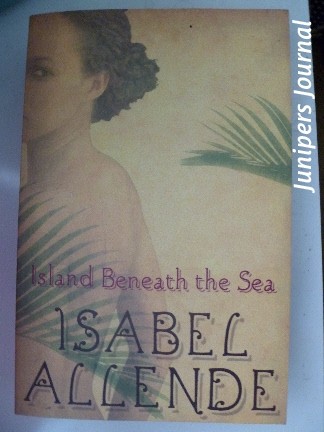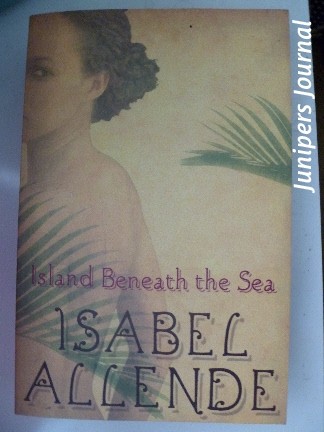
Publisher : Harper Collins
Pages : 457
Price : RM59.90
Isabel Allende’s latest novel is set in the sugar plantations of Saint-Domingue (before it became Haiti in 1804) from 1770-1793 and in New Orleans from 1793-1810. It begins with the arrival of 20 year old Toulouse Valmorain at his father’s sugar plantation, Saint-Lazare on the then French colony island. Not expecting to stay long, he was forced to take over Saint-Lazare upon his father’s demise soon after his arrival.
In that era, thousands of African slaves worked on the sugar plantations. They were at the mercy of their owners, most of whom were brutal and inflicted cruel punishments on slaves. Valmorain purchases a young slave girl, Zarite or Tete to serve his wife. It’s a story of fact meshed with fiction as there are real historical characters such as Macandal, the one-armed rebel slave who incited other slaves to join his fight for freedom. For years, he evaded capture by the French but was subsequently captured and burnt alive in the public square.
In time, Tete becomes Valmorain’s concubine though not of her own free will. She helps Valmorain and his son escape the revolution of Toussaint Louverture (another real historical character) and in which owners of plantations and their families are butchered. By choosing to remain with Valmorain, she forsakes her lover, one of the revolutionaries who later becomes a Captain in Toussaint Louverture’s army.
Tete’s strength and tenacity pulls her through many obstacles, eventually she bargains for and wins her freedom from Valmorain. They flee from Saint-Domingue to Cuba and on to a new life in New Orleans where Tete’s life is still entwined with Valmorain’s. There are a lot of references to voodoo in this novel, it’s a readable novel but not as engrossing as some of Allende’s previous efforts such as “Daughter Of Fortune” and “Portrait In Sepia” which I thought were two of her best novels todate.
The conclusion to “Island Beneath The Sea” was quite predictable. The main protagonist, Tete is not without aspirations and hope although she was born a slave and spent most of her life as one. It’s an interesting novel for those who’d like to learn more about the slave trade in the Caribbean and the abolitionist movement in the United States post-independence.










